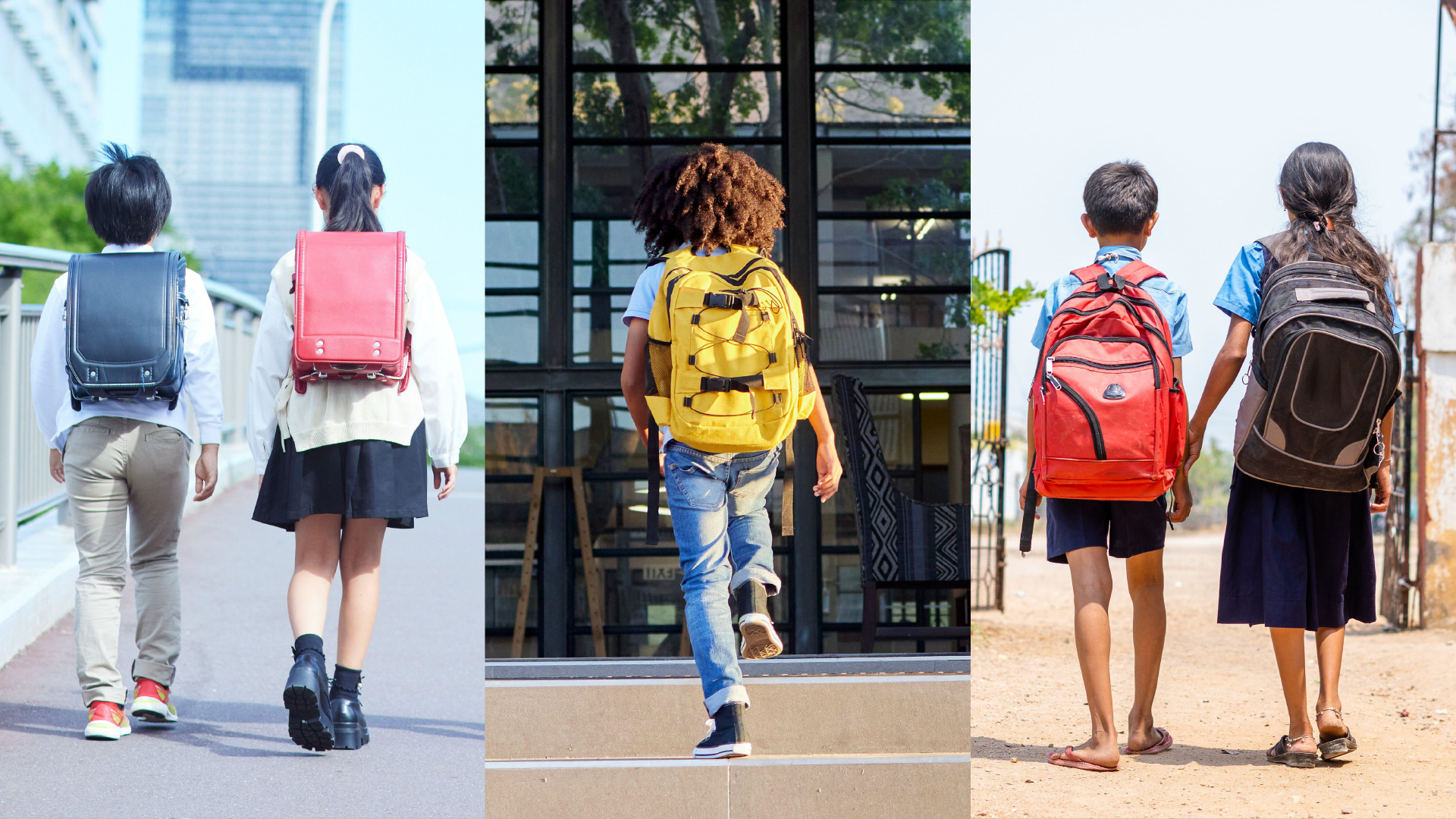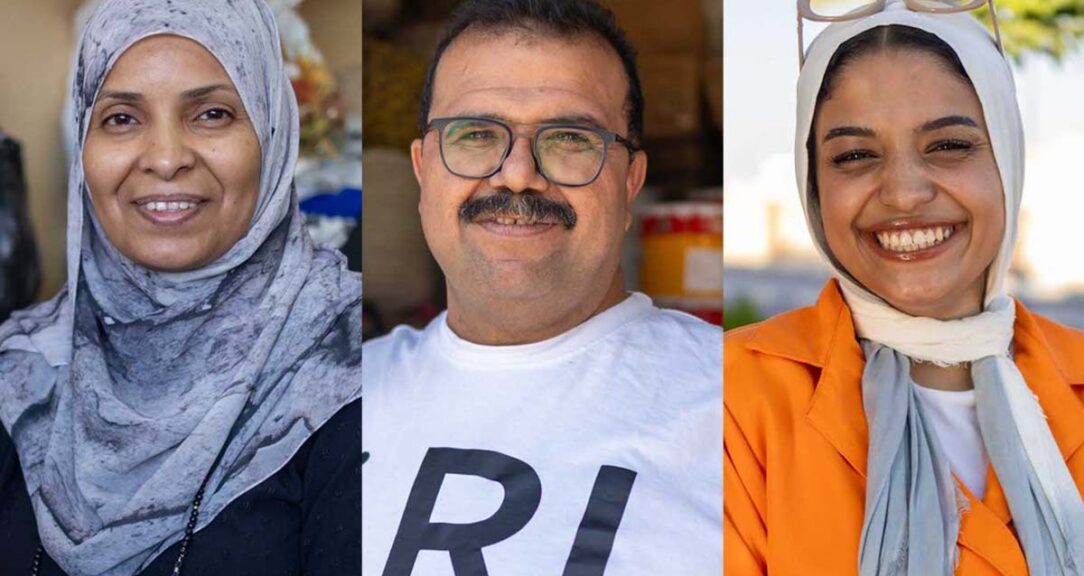Since the onset of the pandemic, global education levels — already low in 2019 — have plummeted to crisis levels. The global economic crisis halted, and in some cases reversed, a trend of increased government spending on education.
Simultaneously, school closures and remote learning made education less accessible to children from disadvantaged households. Experts predict the long-term losses for the pandemic generation could equal a 10% drop in lifetime earnings in low- to middle-income countries.
The World Bank perhaps says it best: “Education is a human right, a powerful driver of development, and one of the strongest instruments for reducing poverty and improving health, gender equality, peace, and stability.”
We examine the costs of education around the world — and the potential costs of underfunding education — in these eight infographics.
Global learning crisis
According to the World Bank, the learning poverty rate, defined as the share of children who cannot read a simple text by age 10, may have climbed as high as 70% in low- and middle-income countries in 2022.
The world was already facing a learning crisis before the pandemic, with nearly 57% of children in low- and middle-income countries unable to read and understand simple stories. Then, Covid-19 erased many gains made since 2000 in reducing learning poverty. The World Bank reports that in rural Karnataka, India, only 16% of third-grade students could perform simple subtraction in 2020, compared to nearly 24% in 2018.
With the onset of the pandemic, many countries reduced public spending on education. This effect was more pronounced among low- and lower-middle-income countries, whose share of spending on education fell more than higher-income countries. This may further amplify the gap in learning outcomes, as well as later earnings and economic growth, between low- and high-income countries.
About 40% of low- and lower-middle-income countries already spend less on education than international organizations recommend. The commonly used benchmarks for education spending are 4% to 6% of GDP, or 15% to 20% of total government expenditure.
Government spending on education by region
The World Bank found that after the pandemic, upper- and higher-middle-income countries were able to recover from the deprioritization of education spending in government budgets, but low- and lower-middle-income countries weren’t.
Household spending on education
When a government does not spend significantly on education, citizens have to make up the gap. Households in low- and lower-middle-income economies contribute 39% to total education spending, while households in higher-income countries contribute just 16%. That’s because in high-income economies, governments contributed more than 80% of total education spending, with households making up the rest.
Global education spending by source, in billions of dollars
Global education spending by source, in percentages
Between 2009 and 2020, households in most low-income countries spent about 3.2% of their total expenditures on education. In sub-Saharan Africa, however, that share increased from 5% in 2012 to 7.8% in 2016.
There are also significant variations in education expenditure across the wealth spectrum in low-income countries. The World Bank’s Education Finance Watch 2022 report found that households in the richest quintile spent an average of 4.2% of their total budget on education, and those in the poorest quintile spent 2.4%.
Many households in low- and lower-middle-income economies end up saving and borrowing to pay for education at all levels. One in six households in low- and middle-income economies save to pay school fees, and one in 12 households borrow to pay school fees.
The World Bank’s Global Findex Database 2021 found that for 13% of people surveyed, the biggest worry was paying for school fees. This proportion jumps to 29% in Sub-Saharan Africa.
Biggest financial worries
Per-capita education spending
Although government education spending as a share of GDP has not changed significantly in any economy since 2010, there are large differences in per capita spending between low- and high-income countries. While low-income economies in sub-Saharan Africa and South Asia spent as little as $254 per capita on education, high-income economies in Europe and Central Asia spent $6,156 per capita, and North America they spent $11,956 per capita from 2019 to 2020.
A 2022 report found that OECD countries spent an average of $9,900 per student per year at the primary level, including both household and government costs. Average education spending at the secondary level was $11,400 per student per year. At the tertiary level, the average amount spent per student annually was $17,600.
Annual expenditure per student on education
Funding the future
The pandemic disrupted economic growth and increased unemployment, pushing a significant number of low-income households into poverty. Not only did this affect their ability to afford schooling costs, it also affected remote and in-person student attendance, causing further learning losses.
Education is linked not only to increased earnings, but also to health, gender equality, long term economic growth and social cohesion. Globally, wages increase by 9.7% for every additional year of schooling completed.
Earnings increase per additional year of education
Education also helps protect against economic risks like the pandemic and the 2008 global recession. In both instances, unemployment increased more among groups who didn’t attend upper secondary school, compared to groups who attained tertiary levels of education.
Unemployment rates by education level
Compounding effects
Reduced education spending and learning losses during the pandemic had a drastic impact on global learning levels. And those losses disproportionately impacted children in low-income economies, children in low-income households, girls, students with disabilities and students living in rural areas or technology deserts.
Considering learning losses and increased unemployment in the pandemic years, the average child in low- and middle-income economies could lose 10% of their expected average annual earnings over a lifetime if no corrective action is taken. The World Bank estimates this generation of primary and secondary students in low- and middle-income countries could lose a total of $11 trillion in lifetime earnings.
Unless governments act aggressively, these learning losses could set back global economic growth by years — and further exacerbate economic disparities between countries. The World Bank suggests implementing ambitious and aggressive learning recovery programs to combat this. A new campaign to end learning poverty with the RAPID framework could help bring global learning recovery efforts to all children.
Read more
Sign up to keep up to date with ReThink Q.







